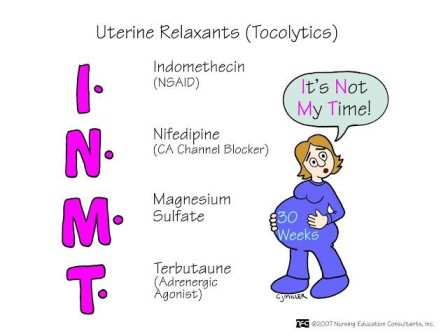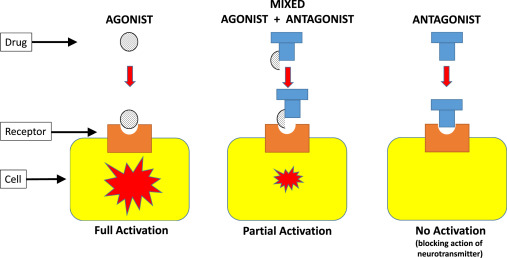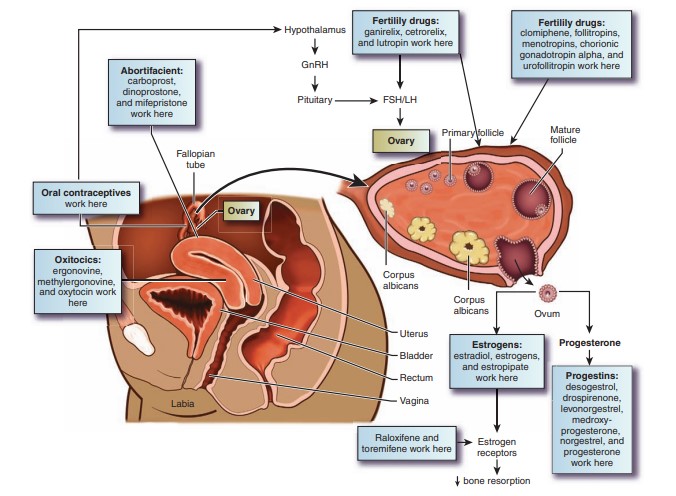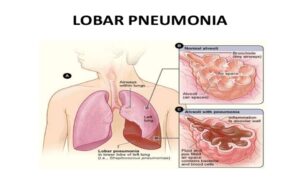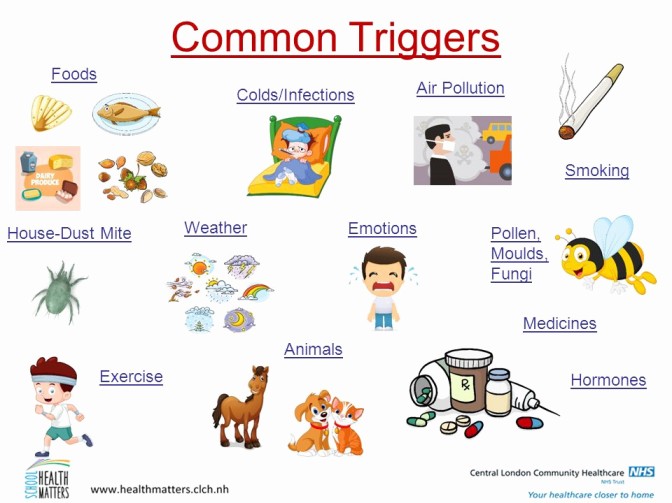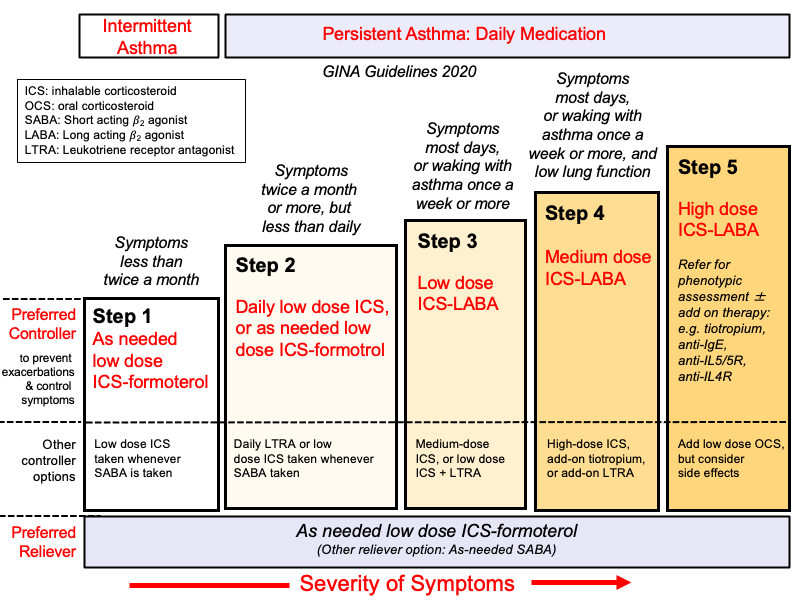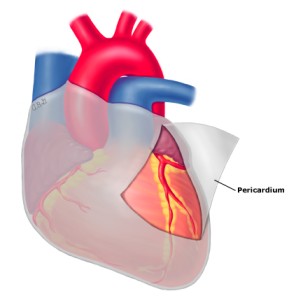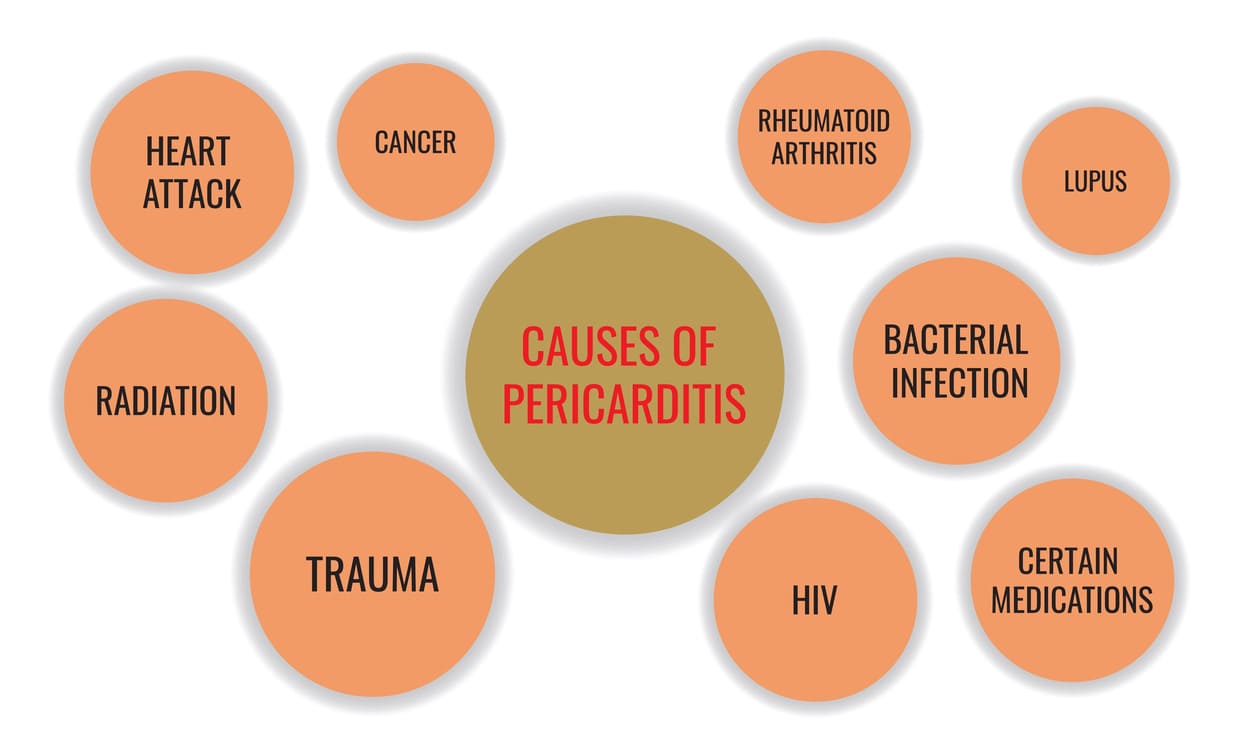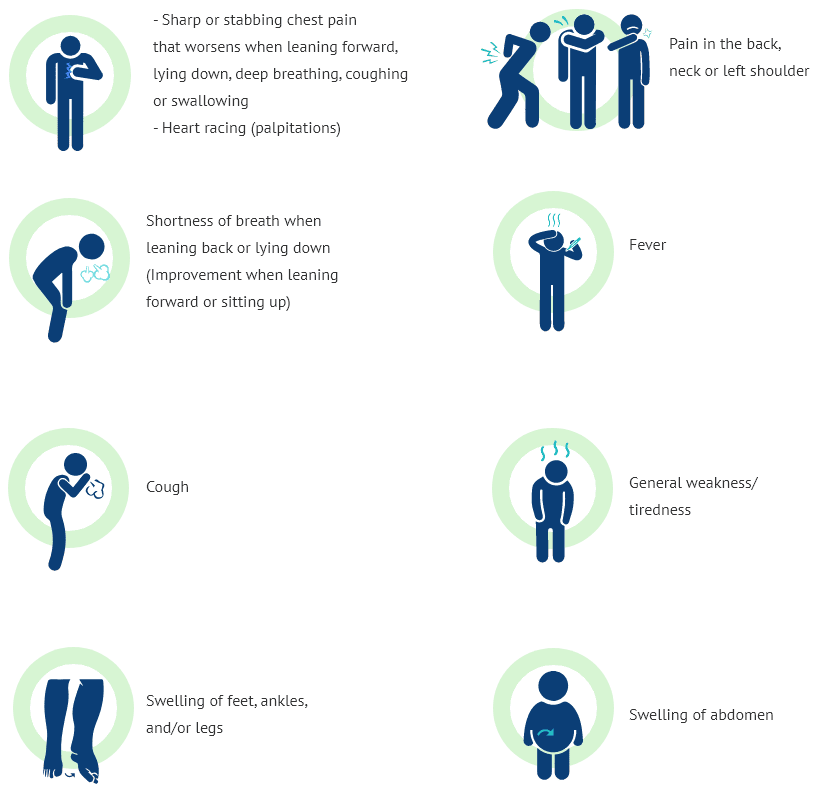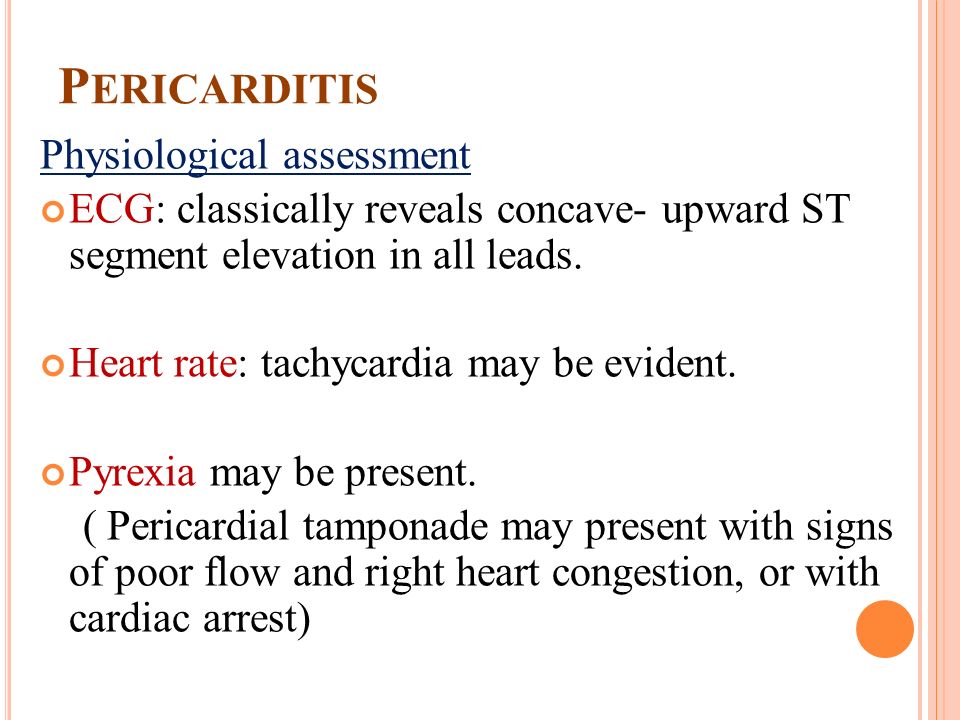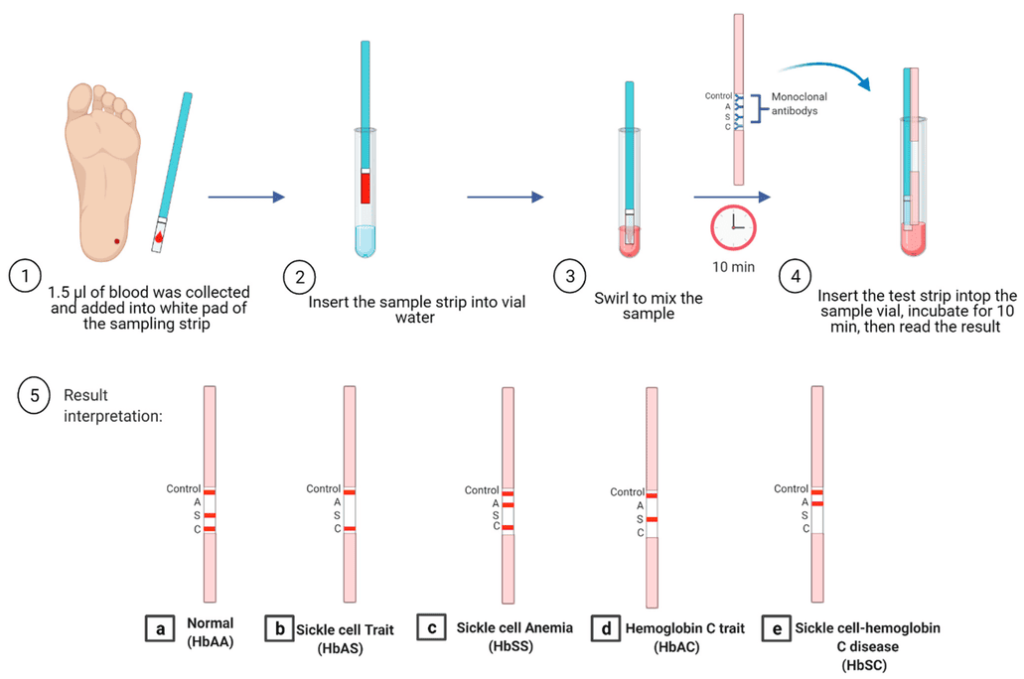Uterine Relaxants
Uterine Relaxants
Uterine Relaxants are drugs which inhibit uterine motility by decreasing the frequency and strength of contractions.
Uterine Relaxants are drugs that inhibit uterine contractions and prolong pregnancy to allow the fetus develop more fully, thereby increasing the chances of neonatal survival.
These drugs prevent premature labor. It can succeed if only the cervical dilatation is less than 4cm.
They include;
- Salbutamol
- Magnesium Sulphate
- Nifedipine
- Indomethacin
- Terbutaline
SALBUTAMOL
Legal class; class B controlled drugs
Medical class; tocolysis
Form; tabs , sterile solution for injection
Dosage :tabs 4mg
Soluton for injection 50mg/ ml
Indications
- Uncomplicated premature labour between 24 to 33 weeks of gestation
- Asthma
Contraindications
- Cardiac diseases
- APH
- Intra uterine fetal death.
- Intra uterine infections
- Raptured membranes
- Eclampsia and pre-eclampsia
- 1st an 2nd trimester of pregnancy
Dose
- For premature labour, intravenous, infusion 10mcg/ min, gradually increase according to response at 10 minutes intervals until contractions diminish, then increase rate until contractions have ceased, max dose : 45mcg/min
- Maintain rate for 1hr then gradually reduce by intravenous or intramuscular injection 100-250mg repeated according to response, then orally 4mg every 6-8hrs
Do not use for more than 48minutes
Side effects
- Hypoglycemia
- Vomiting and nausea
- Sweating
- Tremors
- Hypotension
- Pulmonary oedema
- Maternal and fetal tachycardia
- Headache
- Palpitations
- Urticaria
Magnesium Sulphate ( MgSO4)
Legal class; class B controlled drugs
Medical class; tocolytic and anticonvulsant
Form; sterile solution for injection
Strength/dosage; 50% of 5 grams/10ml
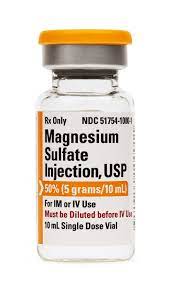
Dosage
Loading dose (14g)
4g of MgSO are given slowly intravenously for over 15 to 20 minutes and is prepared as follows
- Take a 20ml syringe and draw 8 mils if 50% MgSO4 (4g)
- Add 12 mils of water for injection to make 20% of the solution
- Give intravenously slowly over 15 minutes.
Immediately this is followed by 10g intramuscular and is prepared as follows;
- Take 20mils syringe, draw 10mils of 50% MgSO4 (undiluted) which is equivalent to 5g in each syringe
- Then add one mil of 2% lignocaine in each syringe to reduce pain
- Give deep intramuscular on each buttock
Maintenance Dose
Give 5g of 50% MgSO4 deep intramuscular on alternate buttocks every 4hrs prepare as below.
- Take 10ml syringe and draw 10ml of 50% of MgSO4 (5g).
- Add 1ml of lignocaine 2% in a syringe and give deep intramuscular.
The dose can be repeated after every 4hrs of alternate buttock. - The treatment is continued for 24hrs from the time of starting treatment or last fit.
> Incase the mother gets fit before 4hours, she is given 2g slowly intravenous.
Useful Effects of MgSO4:
- Prevent seizures which are associated with pre eclampsia and eclampsia
- Reduces cerebral oedema
- Relieves constipation by retaining some water in the lumen
Indications
- Severe eclampsia and pre eclampsia
- Patients with hypomagnesemia
- Patients with severe asthma
- Used in short term treatment of constipation
- Patients with myocardial infarction
Contraindications
- Patients with hypermagnesemia
- Patients who are hypersensitive to MgSO4
- Renal impairment
- Hepatic failure
- Hypotensive patients
- Patients with epilepsy
Side effects
- Drop in blood pressure
- Flushing of the skin
- Dizziness
- Confusion
- Muscle weakness
- Loss of knee jack reflex
- Prolonged bleeding time
- Excessive bowel activity
Adverse effects
- Shock in hypertensive patients
- Hypermagnesemia
- Respiratory depression and coma
NIFIDIPINE
Legal class; class B controlled drugs
Medical class; tocolytic and antihypertensive
Form; tablet
Dosage
- 20mg and the dose is repeated after 30minutes if contractions persists.
- If contractions continue after 3hrs give 20mg every 3-8hrs until ceased and the maximum dose is 160mg/day
Indications
- Threatened abortion
- Preterm labour less than 34wks of pregnancy
- Hypertension
Contraindications
- Maternal conditions like cardiac diseases
- Hypertension
- Intrauterine infections
- Any condition that make pregnancy to prolong
- Fetal death
Side effects
- Dizziness
- Headache
- Flushing
- Oedema
- Fatigue

